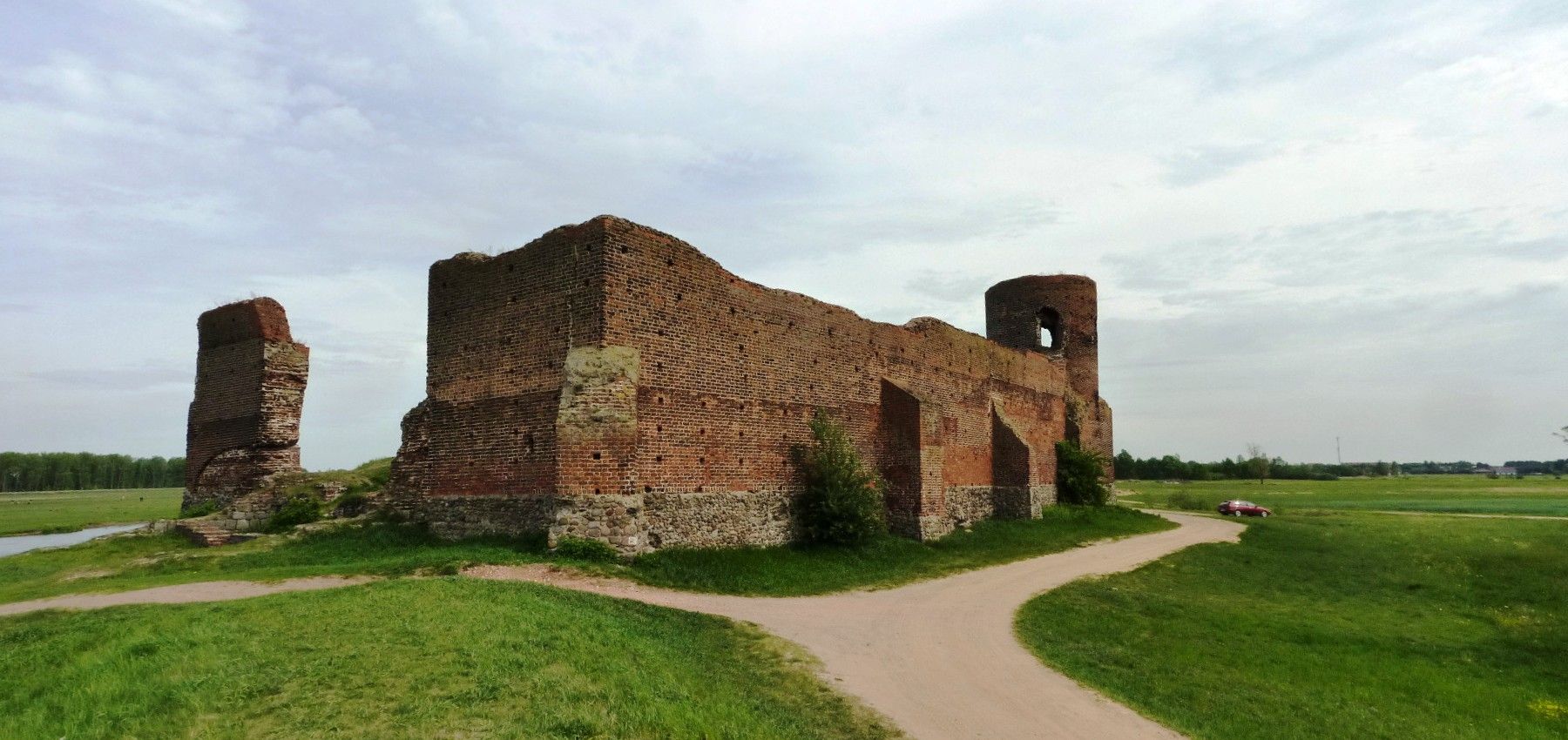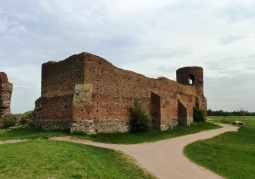No weather data
0.0 /5
Number of ratings: 0
A fortified castle probably built by King Casimir the Great before 1362. It protected the road leading from Greater Poland towards Łęczyca through the Warta valley. It is located on an artificial hill in the Warta bend. The oldest element of the castle was the north tower-donjon, which was surrounded by wooden fortifications. Around 1382, a castle was erected on the plan of an elongated rectangle with huge brick walls on a foundation of field stones, within which the mentioned tower-donjon was incorporated. In the southeast corner there is a small tower-bergfried. To this day, a fragment of the wall reinforced with buttresses, which defends access to the castle from the south, with a height of about 5 m, has been preserved. Together with the castle in the times of Casimir the Great, the town hall and the parish church of the Exaltation of the Holy Cross were built, i.e. the first stone buildings in Koło. From the mid-sixteenth century, the castle began to decline. In 1655 he was taken over by the Swedes. In the eighteenth century, August III gave the castle to the Bernardine of Kolo, who began demolition to obtain building material for the reconstruction of the destroyed monastery, but strong mortar connecting the brittle brick prevented the complete demolition of the walls of the building. The castle was visited by Polish kings, as well as conventions of the Greater Poland nobility from 1433. Frequent floods of Warta meant that only small fragments of walls remained from the old castle, which were protected after World War II. From the mid-sixteenth century, it lost its significance and began to fall into ruin. Today we can only see fragments of the outer walls, the foundations of the gate tower and the lower part of the second tower. The ruins were entered in the register of monuments on January 17, 1953. The castle ruins are located about 3 km from the city center.
Komentarze
No results
Nearby places
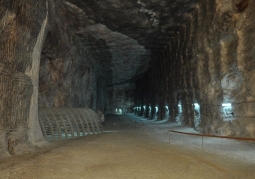
Salt Mine - Kłodawa
Category: Mines and wellsIt is the only pink mine in Europe. The tour program includes a lecture on the history of the creation of the Kłodzko deposits and the use of salt, a ride down the elevator to a level of 600 m below the surface of the...
22 km
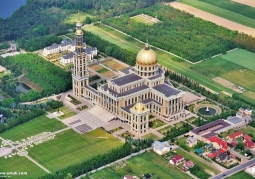
Sanctuary of Our Lady of Licheń - Stary Licheń
Category: SanctuariesLicheń Stary is the second most important pilgrimage center in Poland after Jasna Góra. The history of the sanctuary is associated with a small picture of the Mother of God, which was hung in a chapel on a pine tree...
23 km

Powidz Lake - Powidz
Category: Lakes, springs, waterfallsIt is the largest lake in Greater Poland. It was established in a postglacial gutter, which is why it has a very diverse shoreline, covering four bays. The lake is the most popular center of sailing, windsurfing and...
54 km
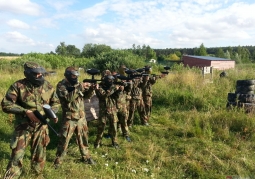
Paintball Age - Wiekowo
Category: PaintballOur paintball field has been around since 2006. We have over 8 years of experience in organizing outdoor events, including stag, integration and group. At your disposal we have a forest paintball field that allows up to...
58 km
Nearby places

Salt Mine - Kłodawa
Category: Mines and wellsIt is the only pink mine in Europe. The tour program includes a lecture on the history of the creation of the Kłodzko deposits and the use of salt, a ride down the elevator to a level of 600 m below the surface of the...
22 km

Sanctuary of Our Lady of Licheń - Stary Licheń
Category: SanctuariesLicheń Stary is the second most important pilgrimage center in Poland after Jasna Góra. The history of the sanctuary is associated with a small picture of the Mother of God, which was hung in a chapel on a pine tree...
23 km

Powidz Lake - Powidz
Category: Lakes, springs, waterfallsIt is the largest lake in Greater Poland. It was established in a postglacial gutter, which is why it has a very diverse shoreline, covering four bays. The lake is the most popular center of sailing, windsurfing and...
54 km

Paintball Age - Wiekowo
Category: PaintballOur paintball field has been around since 2006. We have over 8 years of experience in organizing outdoor events, including stag, integration and group. At your disposal we have a forest paintball field that allows up to...
58 km
